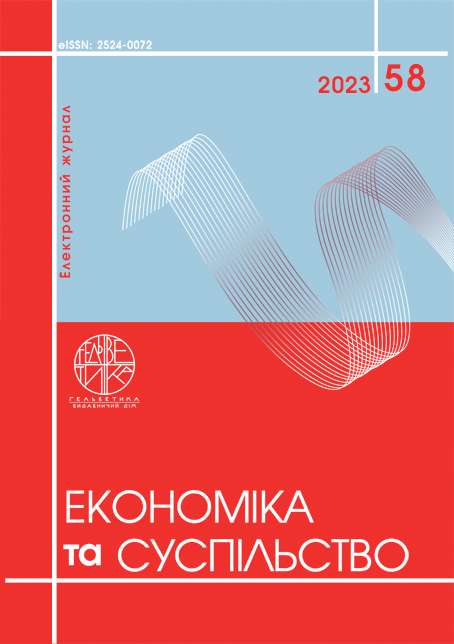НЕОПРОТЕКЦІОНІСТСЬКІ ЗАХОДИ В ГЛОБАЛЬНІЙ ТОРГІВЛІ: ТЕНДЕНЦІЇ ТА ВИКЛИКИ ДЛЯ СВІТОВОЇ ЕКОНОМІКИ
Анотація
Стаття присвячена актуальним проблемам розвитку торговельно-економічних відносин країн в умовах зростання неопротекціоністських заходів. Охарактеризовані загальні тенденції здійснення впливу на міжнародну торгівлю шляхом впровадження протекціоністських та лібералізаційних заходів. Здійснено аналіз структури заходів за видами. Охарактеризовано країн-лідерів що здійснювали найбільший вплив на світову торгівлю за кількістю впроваджених заходів. Досліджено вплив на торгівлю на основі частки продуктів, які піддаються впливу одного чи декількох нетарифних заходів та частки товарів або торгівельних операцій, що охоплена неопротекціоністськими заходами. У результаті встановлено, що найбільше значення коефіцієнту покриття спостерігається у стосовно впровадження технічних бар’єрів торгівлі. Здійснено аналіз реалізації технічних, санітарних та фітосанітарних заходів за товарними групами.
Посилання
Protectionism Is Failing to Achieve Its Goals and Threatens the Future of Critical Industries (2023). The World bank. Available at: https://www.worldbank.org/en/news/feature/2023/08/29/protectionism-is-failing-to-achieve-its-goals-and-threatens-the-future-of-critical-industries
Global Trade Alert. Available at: https://www.globaltradealert.org/
UNCTAD TRAINS. Available at: https://trainsonline.unctad.org/

Ця робота ліцензується відповідно до Creative Commons Attribution 4.0 International License.


